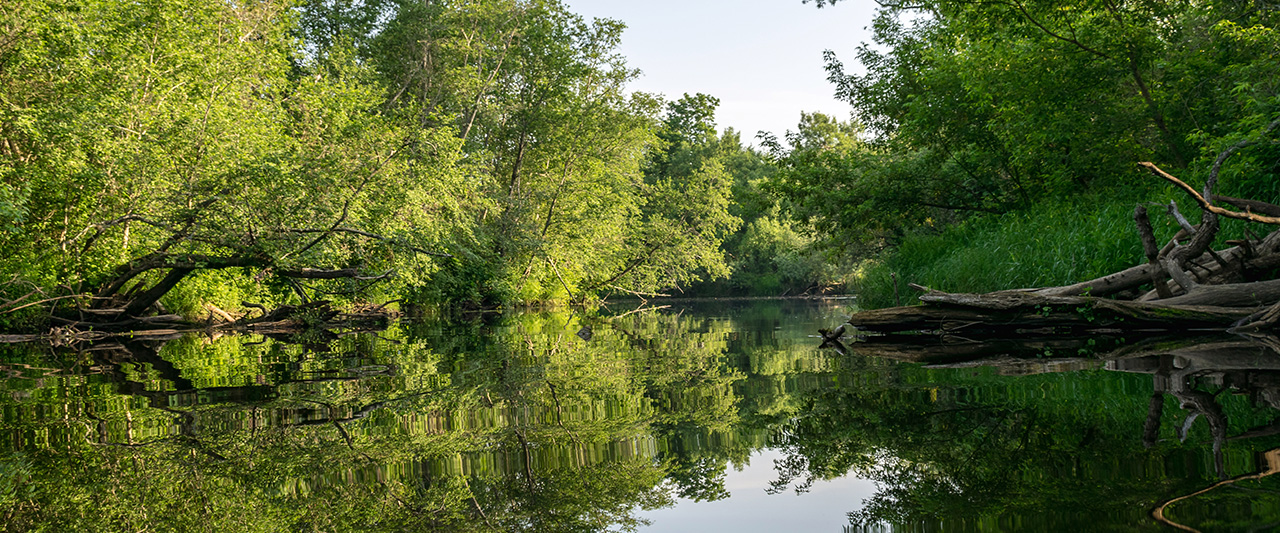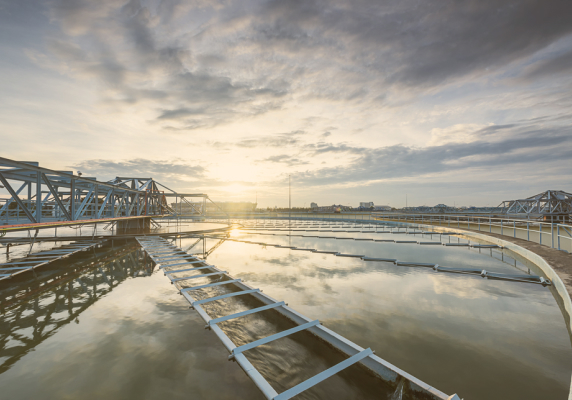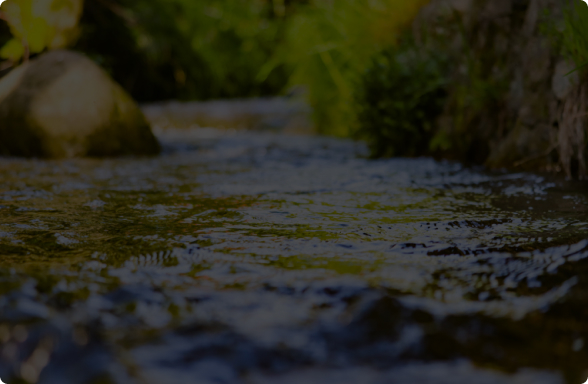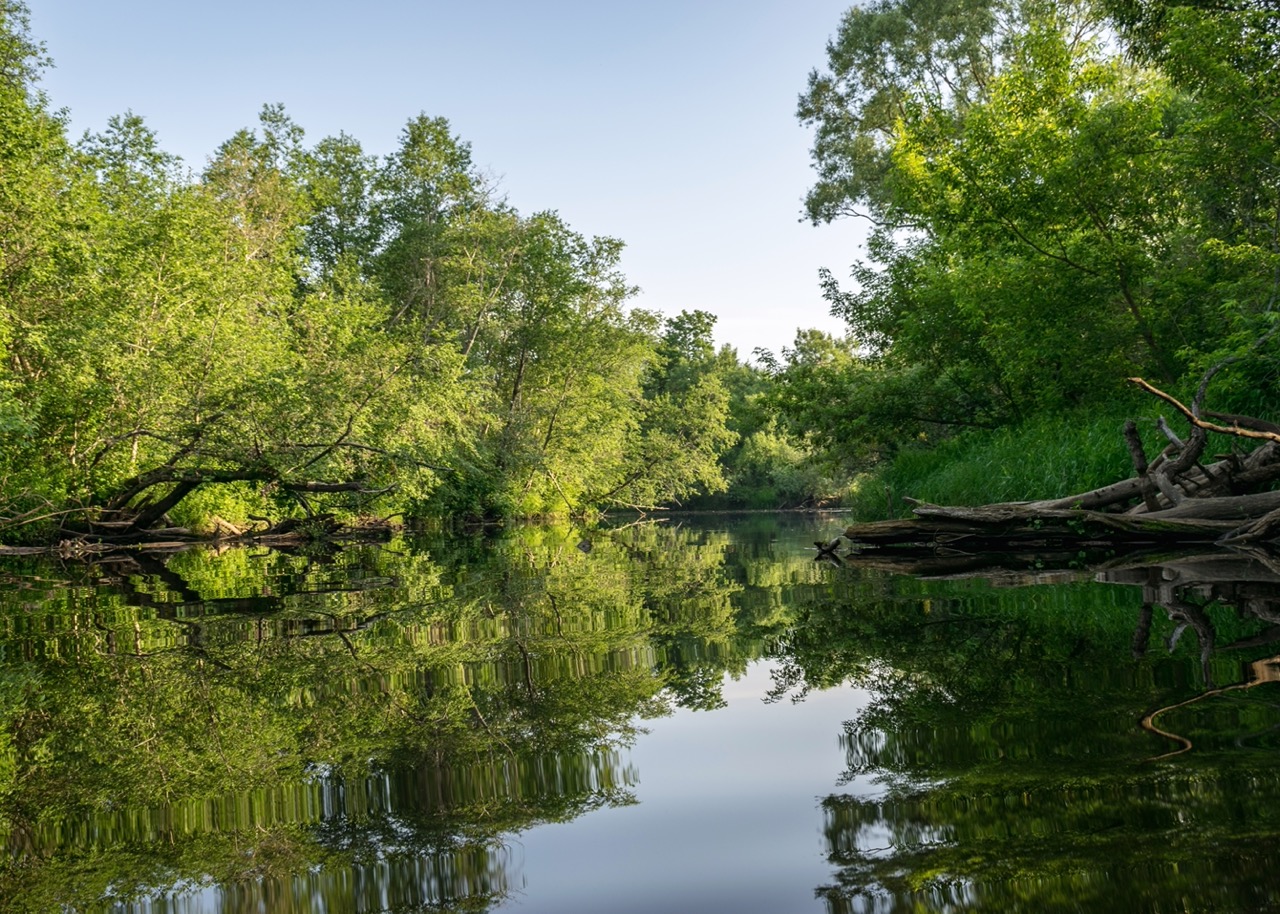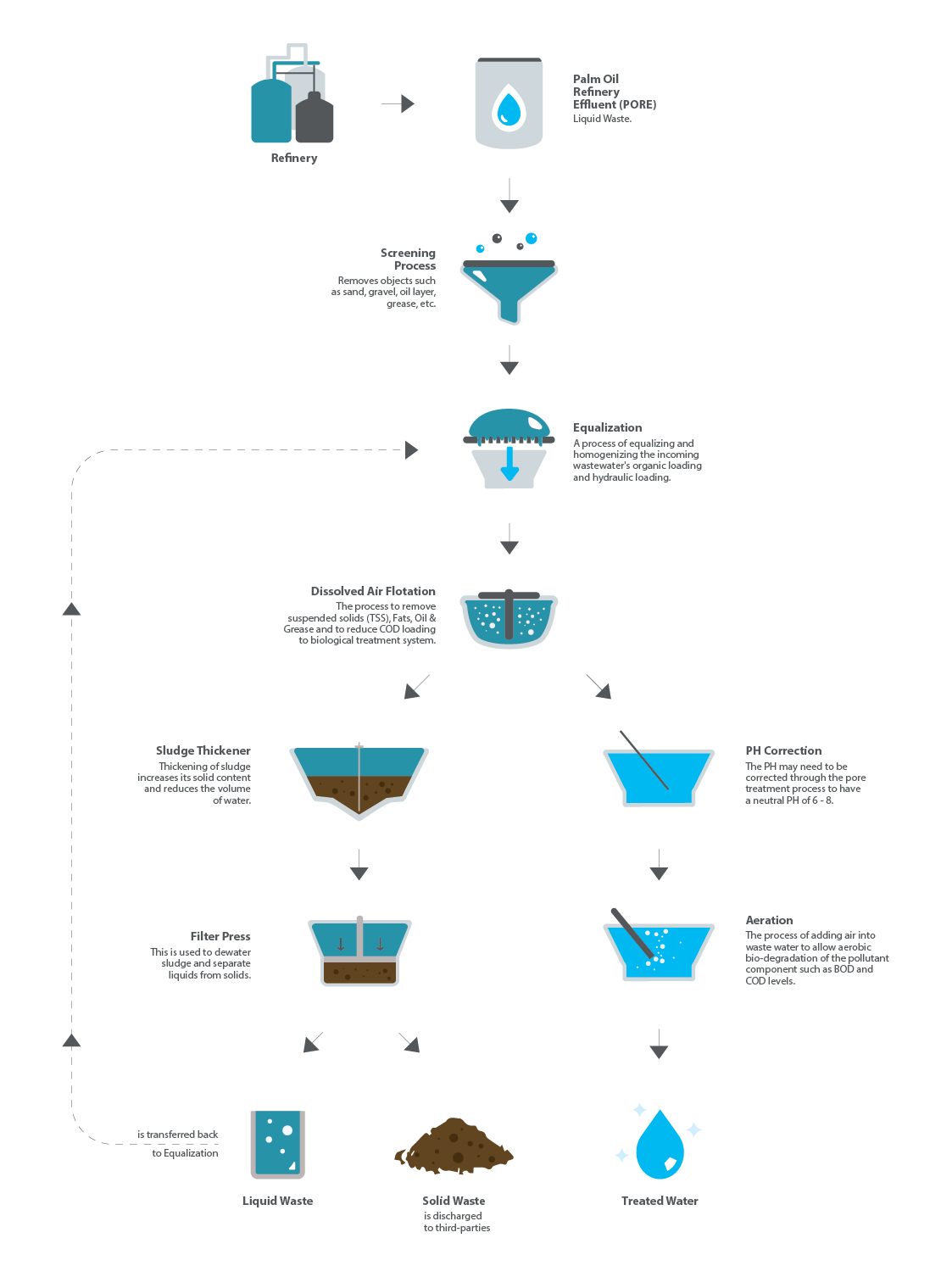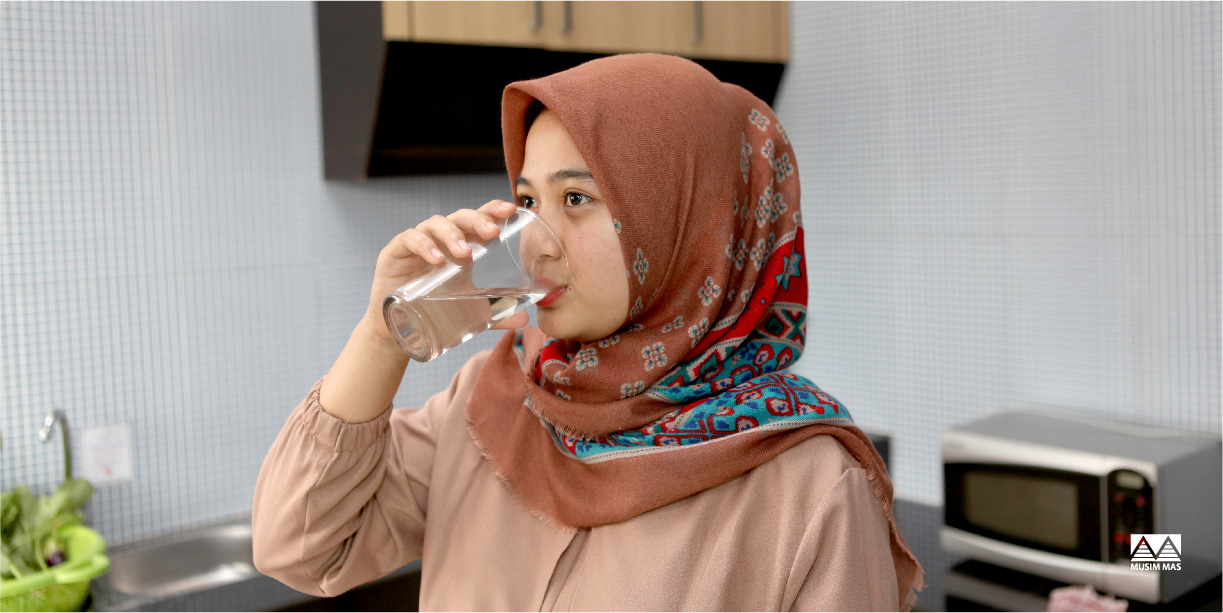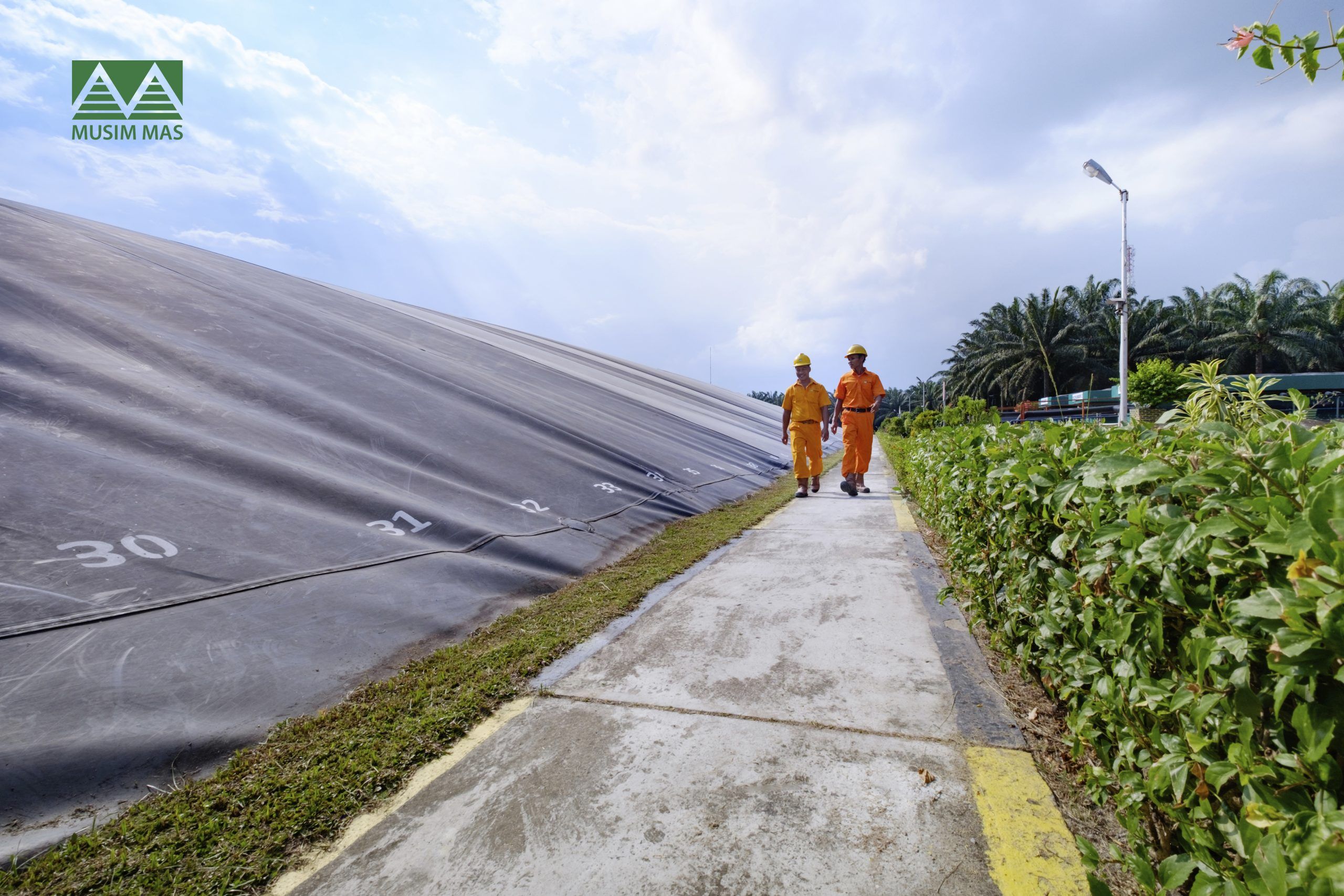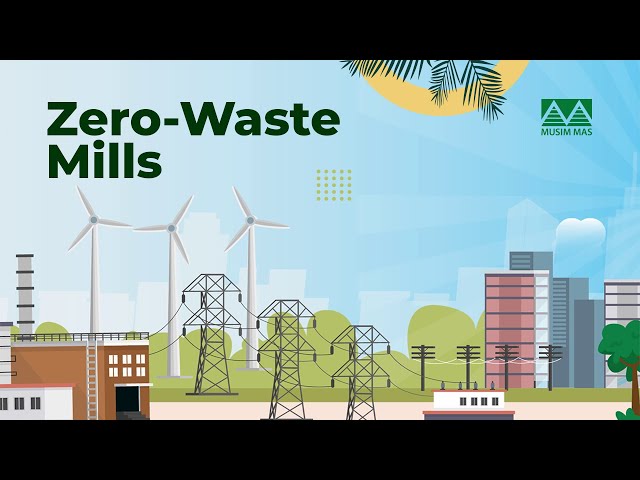We treat the Palm Oil Mill Effluent (POME), a liquid waste from the mills beyond the required regulatory level. It is a high-strength liquor with a high Biological Oxygen Demand (BOD) and Chemical Oxygen Demand (COD), which is reduced by aerobic and anaerobic digestion in engineered lagoons.
The BOD and COD levels are kept below the national regulatory thresholds of 5,000 parts per million (ppm) for BOD in land applications, 100 ppm for BOD in waterways, and 350 ppm for COD in waterways. This mitigates any impact on groundwater and water sources.
We also perform an annual third-party assurance on our BOD and COD figures for our palm oil mills operations to ensure transparency and credibility. These figures are publicly available in our annual Sustainability Report. We also reviewed the water monitoring points in our operations and included additional points to better reflect inlet and outlet positioning.
Products
Seeds
Applications
Products
Seeds
Applications


